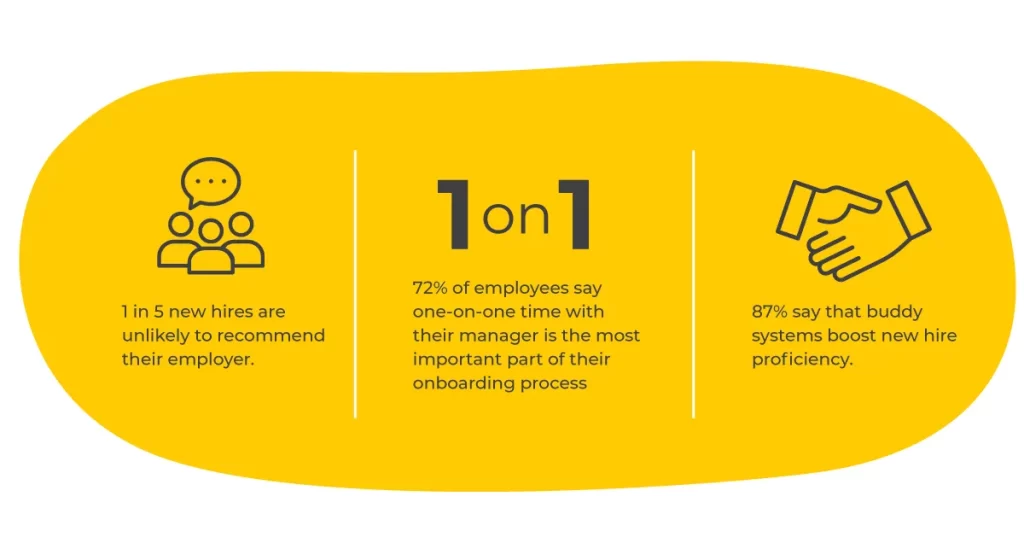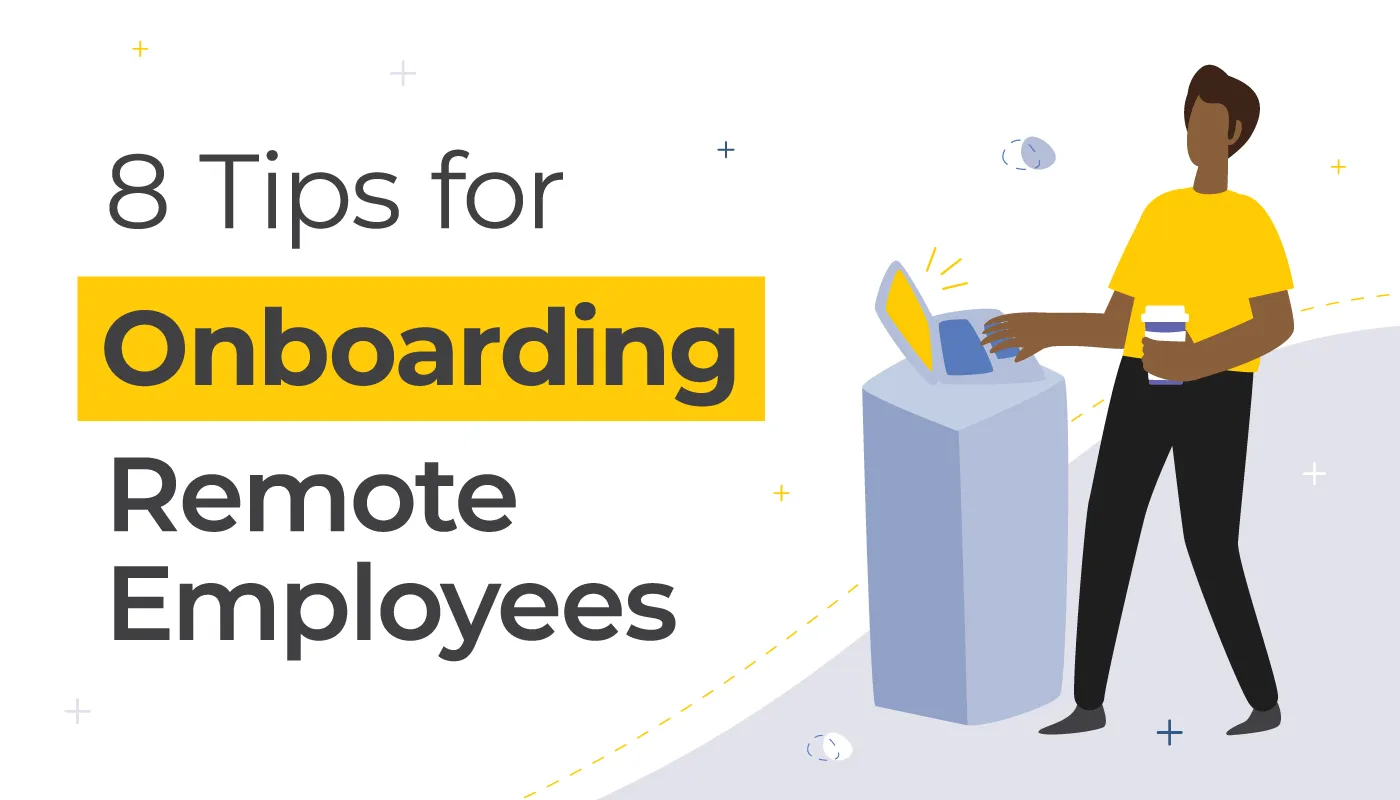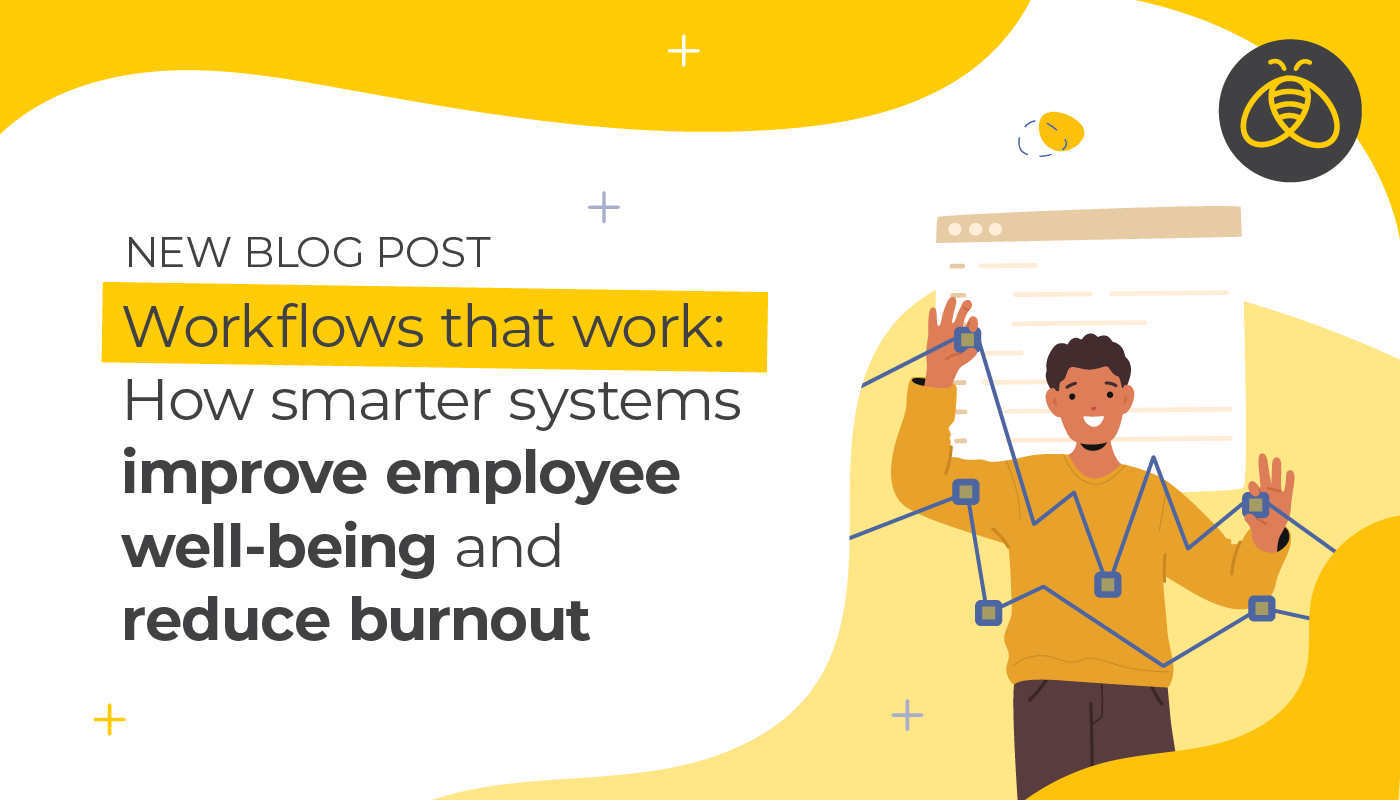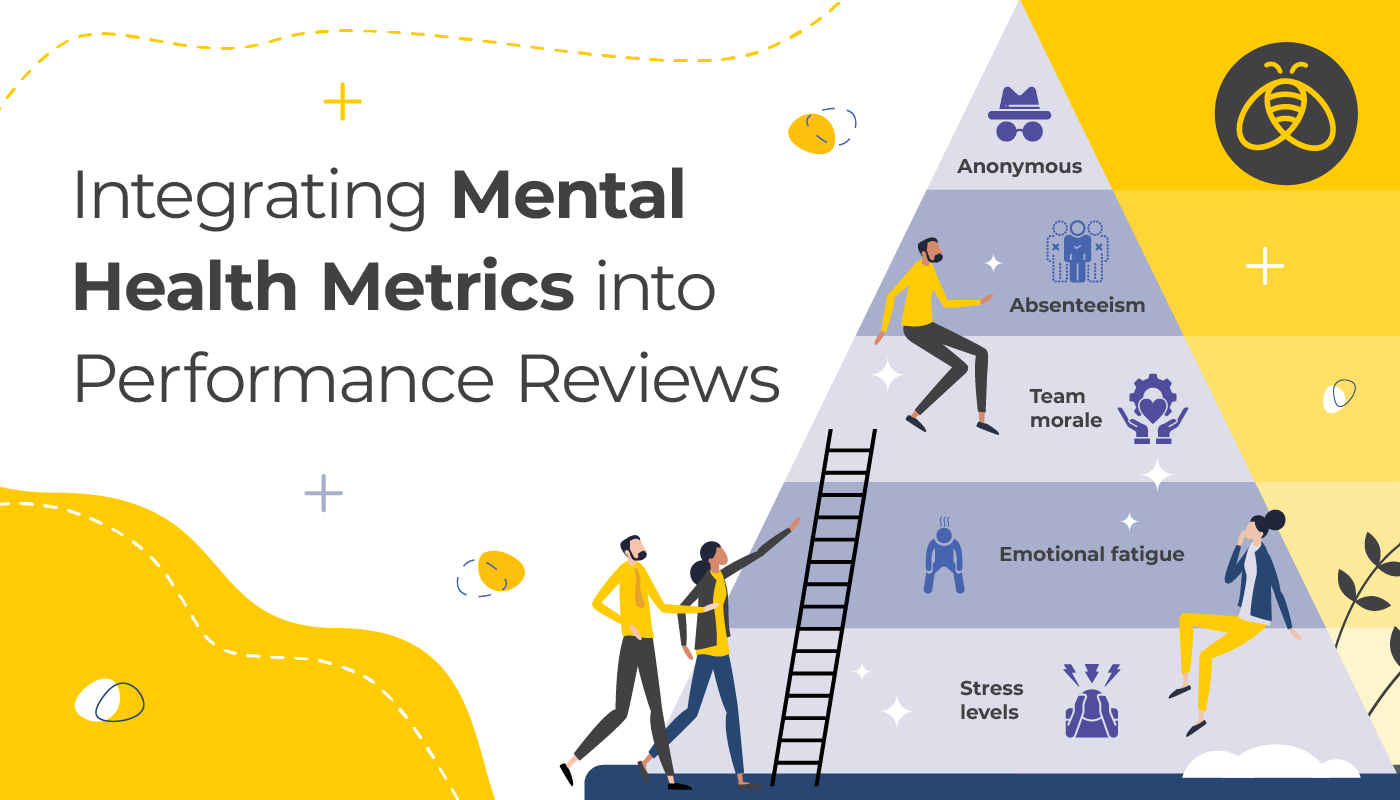Employee onboarding is an integral part of the overall employee experience. It sets the tone for how they interact with their co-workers, how they view the company, and how they see themselves fitting into their new role. Onboarding also plays a large role in employee retention. In fact, a great experience from the start has shown to improve retention by 82%. So, how do you ensure you’re setting up your remote employees for success?

Tips for Remote Onboarding
1. Be Ready on the First Day
Ensure you have the employee’s equipment and tech ready-to-go for the start of their first shift. This includes programs that need to be downloaded for them to be able to work. Also make sure you have someone ready to greet them and show them their station, so they are not left wandering.
And of course, make sure you have all the required employee documents ready for them to sign. This includes tax forms, company policies, and benefits enrollment forms.
Did you know you can do this all electronically using a Human Resources Information System?
2. Assign a Training Buddy
Being a new employee is hard. Especially when you have a question, and you don’t know who to ask. Assign each new employee a buddy who they can go to for support during their first few weeks. This liaison can help them navigate the company directory, resources and policies.
3. Make Formal Introductions
Set up meetings within the first few days to allow the employee to formally meet everyone. It is especially important to introduce them to their department team, the management team, Human Resources, and technical support. This helps them get a feel for where they should go for different situations.
4. Showcase and Explain the Company Culture
Since the employee is remote, you can’t rely on them to organically discover the culture. At BBD, we show our culture through different committees that employees are encouraged to participate in. The social committee sets up monthly social events that are both virtual and in-person. We celebrate employee milestones, including giving everyone who reaches the 1 year mark a BBD Stingers hockey jersey. We also have an internal platform for news updates, chat threads and shout-outs.
5. Set Clear Expectations
During the onboarding process, it’s important that the new employee understands what will be expected of them in their new role. In order to do this, they need to understand the “why” behind what they do. To achieve this, connect the individual’s work to the company’s values, vision, and goals.
6. Set Up a Lunch Meeting
If possible, try to set up a lunch or activity so they can meet other co-workers in-person. This can go a long way to creating a cohesive team, and gives everyone the chance to interact while not sitting at their desk or in front of their computer.
7. Provide a Training Checklist
This seems rhetorical, but it can prove very important. A new employee wants to show their skills and get off to a good start just as much as the employer wants them to. By providing a training checklist with SMART goals, the employee can take control of their own training, and can confirm if they are in fact learning at an acceptable and expected pace.
8. Allow for Feedback
Provide the employee with a chance to give you their feedback. Both on the onboarding experience, and on their role. You never know, a new employee comes from differing perspectives, and they may just have an innovative way to make tasks more efficient. Or maybe they’ve got some great client retention ideas?
Employee onboarding is a delicate task, and each individual employee may require a nuanced touch. But keeping your onboarding experience top-notch will be important to keeping your employees. Studies show that employees who have a bad onboarding experience are 2x more likely to start looking elsewhere for a better opportunity.



